I have been using Amazon EC2 to run my Tomcat+MySQL website for a while and is now migrating to Google Cloud Platform. I start a compute engine instance (Ubuntu 16.04), connect to it via ssh and use apt-get to install mysql/tomcat7.
The problem I encountered is that tomcat will not start. The catalina.out log didn't have a "Server startup at xxxms" message, and I can't connect to 8080 port via browser.
The last several lines of catalina.out is
Jul 10, 2017 7:06:20 PM org.apache.catalina.startup.Catalina load INFO: Initialization processed in 928 ms
Jul 10, 2017 7:06:20 PM org.apache.catalina.core.StandardService startInternal INFO: Starting service Catalina
Jul 10, 2017 7:06:20 PM org.apache.catalina.core.StandardEngine startInternal INFO: Starting Servlet Engine: Apache Tomcat/7.0.68 (Ubuntu)
Jul 10, 2017 7:06:20 PM org.apache.catalina.startup.HostConfig deployDescriptor INFO: Deploying configuration descriptor /etc/tomcat7/Catalina/localhost/host-manager.xml
Jul 10, 2017 7:06:21 PM org.apache.catalina.startup.TldConfig execute INFO: At least one JAR was scanned for TLDs yet contained no TLDs. Enable debug logging for this logger for a complete list of JARs that were scanned but no TLDs were found in them. Skipping unneeded JARs during scanning can improve startup time and JSP compilation time.
When I use netstat to check, it shows user tomcat7 is listening to 8080
tcp 0 0 0.0.0.0:8080 0.0.0.0:* LISTEN 115 32984 -
$ id -u tomcat7
$ 115
I try to wget localhost:8080 in ssh terminal, it shows
Connecting to localhost (localhost)|127.0.0.1|:8080... connected.
HTTP request sent, awaiting response...
and just hang there.
Any idea or suggestion will be greatly appreciated!
Update
It turns out that firewall is not the root cause of the problem, and even without allowing port 8443 Tomcat will work (Of coz you need to allow 8080). The reason that there's no "Server started" message showing up is Tomcat take extremely long time to startup (1346049 ms the first time, 354034 ms when restarted, no web app installed except for the default index.html), and the reason for no responding to request is also that it has not finished starting up yet.
This is the first time I have seen that Tomcat takes so long to start and also the reason I didn't realize it in the first place. I suspect (with some search) this is caused by Tomcat Jar scanning. Will keep update this question once I have more detail.
Update - Problem Solved
It turns out that I encounter the same problem here and the solution is here. In short, much of the time is consumed by the following task:
Creation of SecureRandom instance for session ID generation using [SHA1PRNG]
which require Java to load /dev/random to get random numbers. /dev/random typically get its entropy source from keyboard/mouse input, which cannot provide enough randomness on a headless virtual machine. This causes the random number to be "used up" during computation and cause a lot of wait. The solution is to install haveged, which use some other source to provide randomness (details in the link).
I installed haveged, and now tomcat only takes 1 sec to startup and everything works normal.



